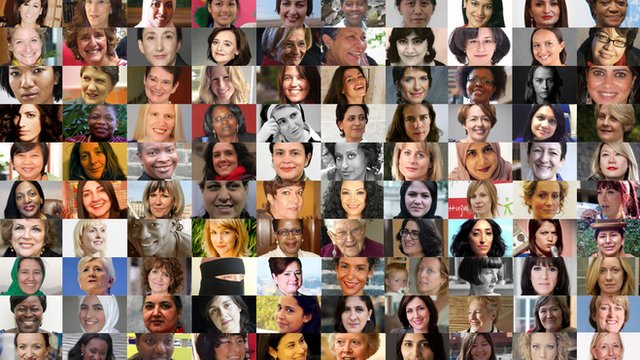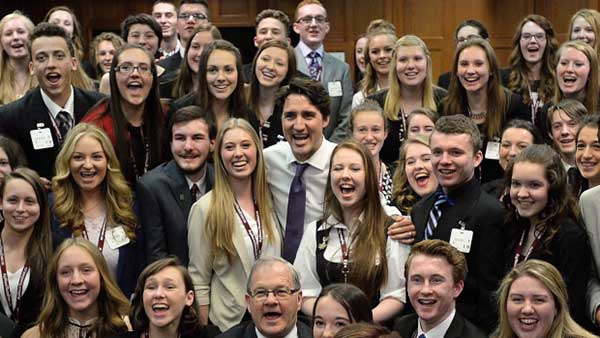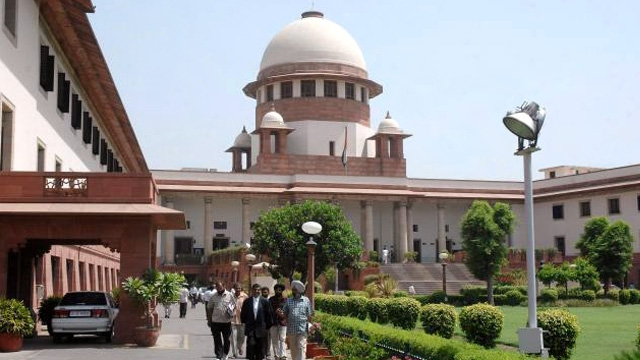Although it is a four place improvement from last year, it gives no reason to cherish.
India has been ranked at a low 101st position on a global Gender Gap Index reflecting the poor state of gender parity in the country. Although it is a four place improvement from last year, it gives no reason to cherish.
The index, compiled by Geneva-based World Economic Forum (WEF), has ranked 136 countries on how well resources and opportunities are divided between men and women in four broad areas of economy, politics, education and health.
While India has been ranked very high at 9th place globally for political empowerment, it has got second-lowest position (135th) for health and survival. Its rankings for economic participation and opportunity are also low at 124th and for educational attainment at 120th.
The high rank for political empowerment is mostly because of India getting the top-most score in terms of number of years with a female head of state (President), as its political scores is not very good for factors like number of women in Parliament and women in ministerial positions.
While India has moved up four positions from its 105th position in 2012, it still remains lowest-ranked among the five BRICS nations. Top-four positions on the global have been retained by Iceland, Finland, Norway and Sweden.
Philippines has moved up to 5th place, while Ireland has slipped one position to sixth rank. They are followed by New Zealand, Denmark, Switzerland and Nicaragua in the top ten.
Other major countries on the list include Germany at 14th, South Africa at 17th, UK at 23rd, Russia at 61st, Brazil at 62nd and China at 69th. Those ranked lowest include Pakistan at 135th and Yemen at 136th.
The countries that are ranked below India also include Japan (105th), UAE (109th), Republic of Korea (111th), Bahrain (112th) and Qatar (115th).
About India, WEF said that India continues to struggle to demonstrate solid progress towards gender parity.
Its economic participation and opportunity score has actually gone down in the past twelve months, although it has done well on political empowerment front.
“This is largely down to the number of years it has had a female head of state and for the other two indicators — women in parliament and women in ministerial positions — it ranks 106 and 100 respectively,” it said.
While no country has reached parity in terms of years with a female head of state, India has managed to get top rank for this indicator, whereas 65 per cent of countries have never had a female head of state over the past 50 years.
India’s ninth position on political empowerment front is also its best-ever rank for this sub-index, where it was ranked 17th in 2012 and its lowest score was 25th in 2008.
The overall ranking of 101st is also its highest in the past seven years. India had ranked better at 98th position in the WEF’s inaugural Gender Gap Index in 2006.
WEF said that increased political participation has helped narrow the global gender gap across the world.
A total of 86 countries have improved their rankings since last year, while Iceland has maintained narrowest gender gap for fifth year running.
Globally, progress is being made in narrowing the gender gap for economic equality, but women’s presence is economic leadership positions is still limited in both developing and developed countries alike.





